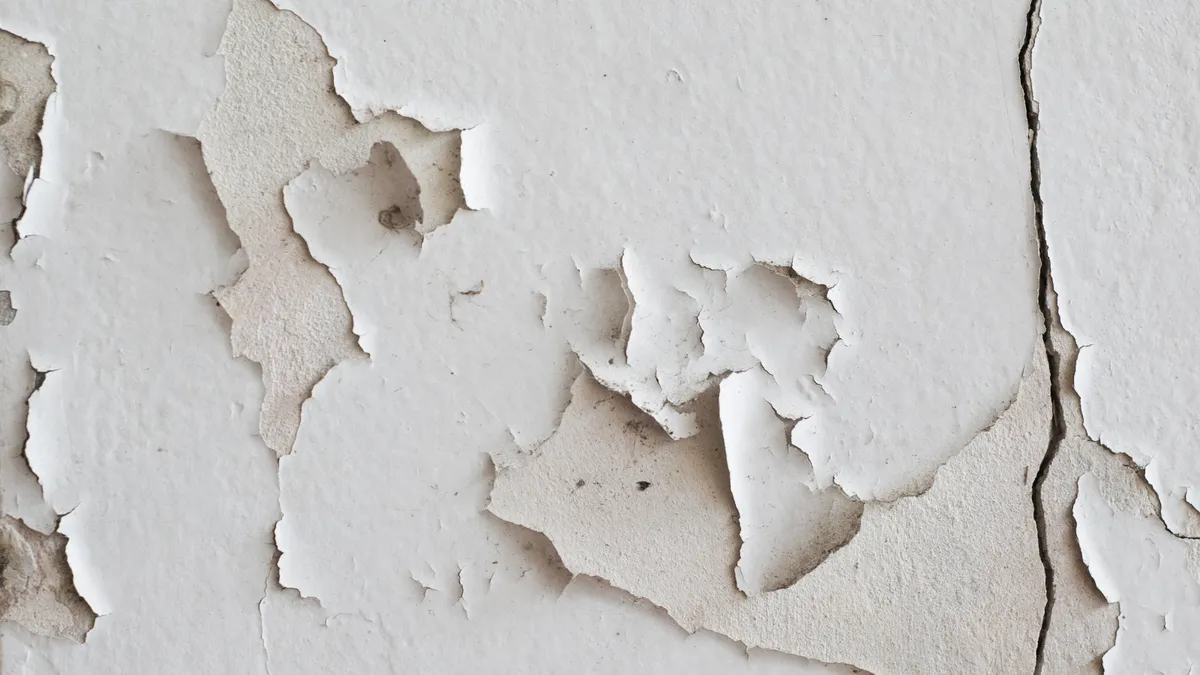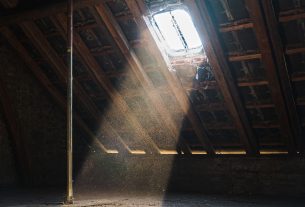When a building is built during the 1900s or using conventional methods, there’s a fair likelihood the walls are plaster. And, over time, the paint or the plaster’s top layer might become loose. So, here are some simple ways how you can repair your plaster walls.
Why Are the Plaster Walls of My House Peeling?

1.Perhaps the Plaster Wasn’t Completely Dry Before Being Painted.
If you have recently plastered and painted your walls, the paint may begin to peel off if there is moisture in the plaster beneath. Before painting, the plaster must be completely dry.
Plaster normally takes a few days to completely cure, but it’s best to wait at least a week before painting newly plastered walls.
When completely dried, the plaster is a light creamy pink tint.
2. Because of the Accumulation, Layers of Paint Might Begin to Flake Away From Ancient Plaster.
Over time, it’s usual for individuals to simply slap on new coats of paint to refresh plaster walls. When so many coats of paint are applied to ancient plaster, the walls frequently begin to peel.
If the paint appears to be flaking due to too many previous coats, sand or scrape the old paint off and repaint the plaster.
Paint can also peel off if the plaster is not prepped before applying the coat of paint.
3. Excessive moisture might cause the plaster’s top layer to flake away.
A plastered wall normally receives three layers of plaster: the scratch coat, the intermediate coat, and the top coat or hard coat. Because the top coat is the thinnest layer, it might pop up from the substrate layers if it is regularly moist.
This most commonly occurs on external walls, bathroom walls, and kitchen walls, although it may occur everywhere.
Temperature changes from day to night, as well as air conditioning, can cause plaster walls to become damp.
How Do You Get Plaster Ready for Painting?
Step 1: Begin by scraping off all of the flaking paint. With the edge of a putty knife, scrape off all the loose paint flakes. To remove all of the flaking paint, move the putty knife back and forth across the whole surface, changing direction every now and again. This also allows you to inspect the plaster beneath the paint to ensure that it is still stable and not flaking off the foundation layers. You can start painting as long as the plaster’s top layer isn’t loose.
Step 2: Using sandpaper, smooth the edges of the leftover paint. Place a tiny sanding block on a piece of fine-grit sandpaper, such as 1500-grit or 2000-grit sandpaper. To blend them in, rub it back and forth over the margins of the undamaged paint around the peeling region. It is important to note that if there is any plaster damage beneath the paint, you must fix it before repainting the area. Patching it using a joint compound or patching plaster is an option.
Step 3: Prime the affected region. Apply 1 layer of plaster primer to the peeled area with a paint brush. Allow at least 1 hour for the primer to dry before painting. If you fix any damaged plaster, wait at least three days, preferably one week, before priming and painting it.
What Sort of Plaster Paint Do You Use?

Emulsion Paint in Acrylic
Apply the appropriate color of acrylic paint to the mended and primed section of the wall using a smooth roller. Allow the first coat to cure overnight before applying 1-2 more coats of paint to the entire wall to give it a fresh, homogeneous appearance.
If you want to add a touch of sheen to your plaster, choose semi-glossy or glossy paint.
Try to match the paint color to the current coat. If you can’t, use a plaster primer to prime the entire wall before repainting it with a fresh layer of paint.


